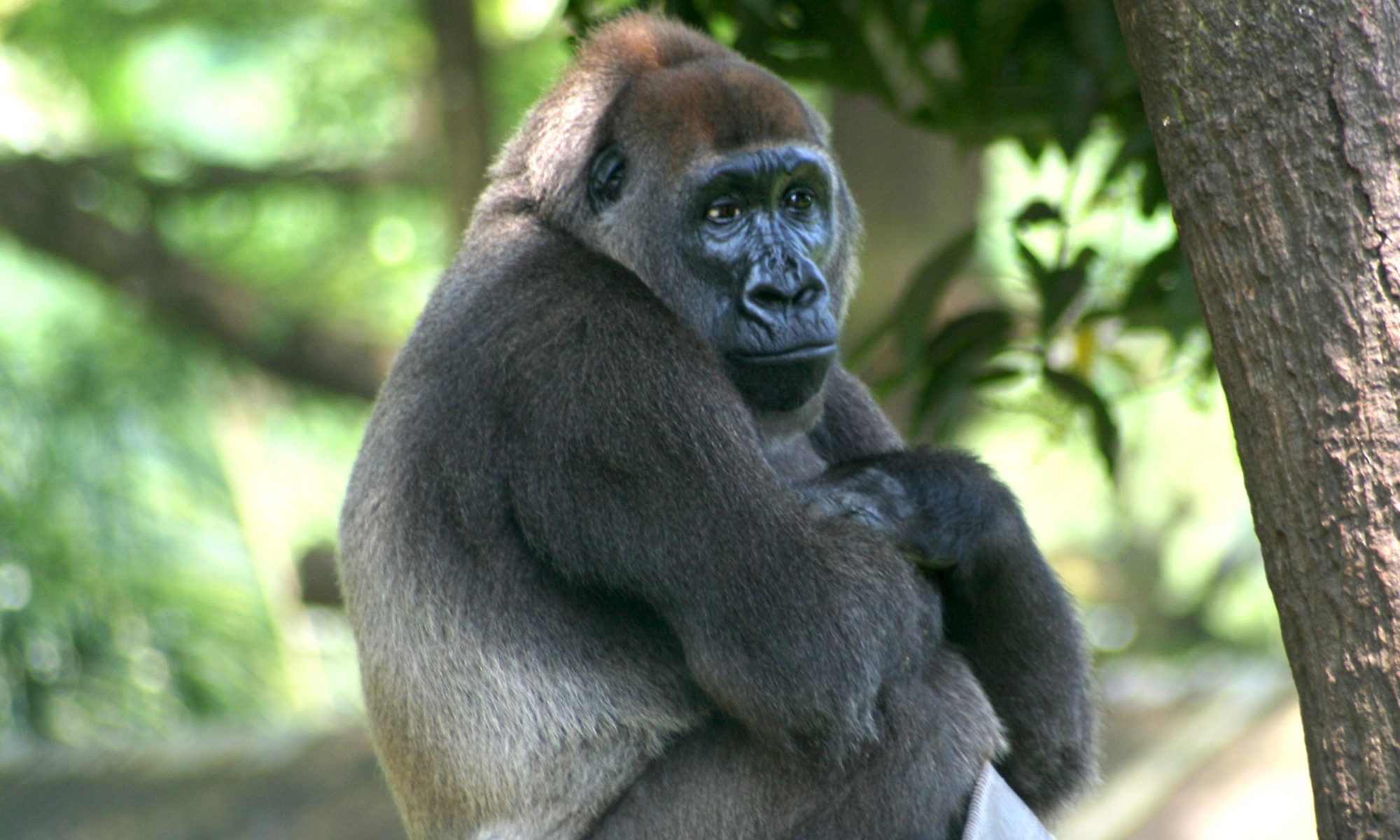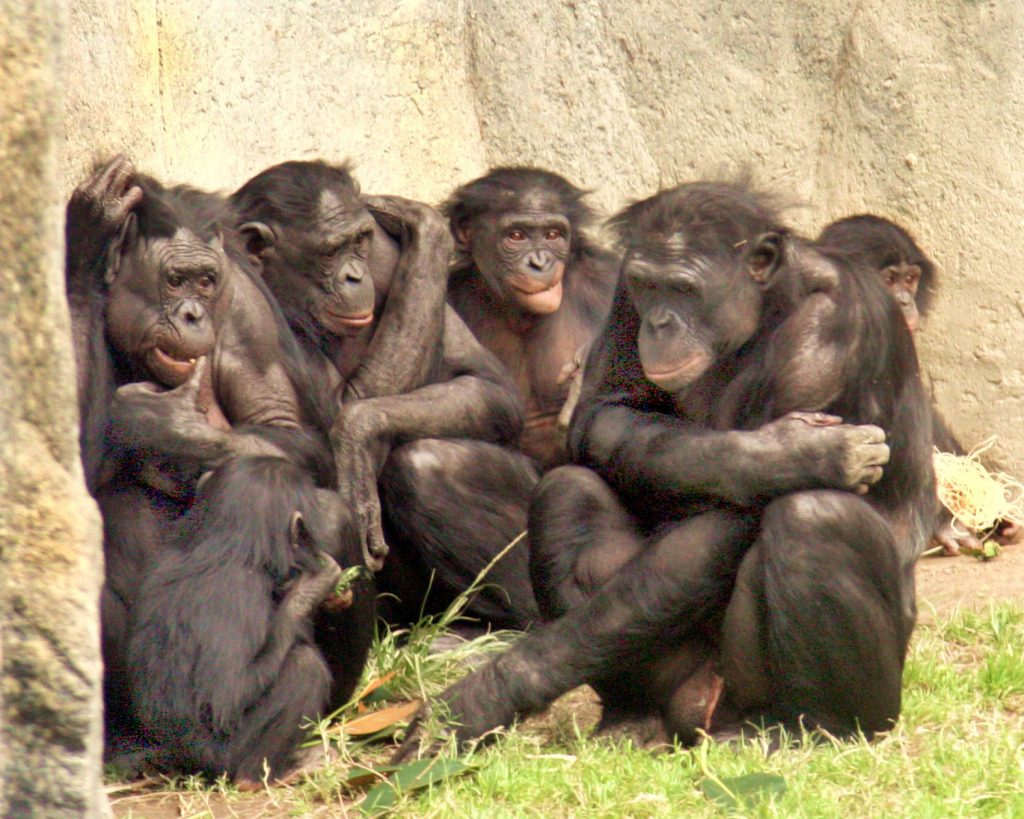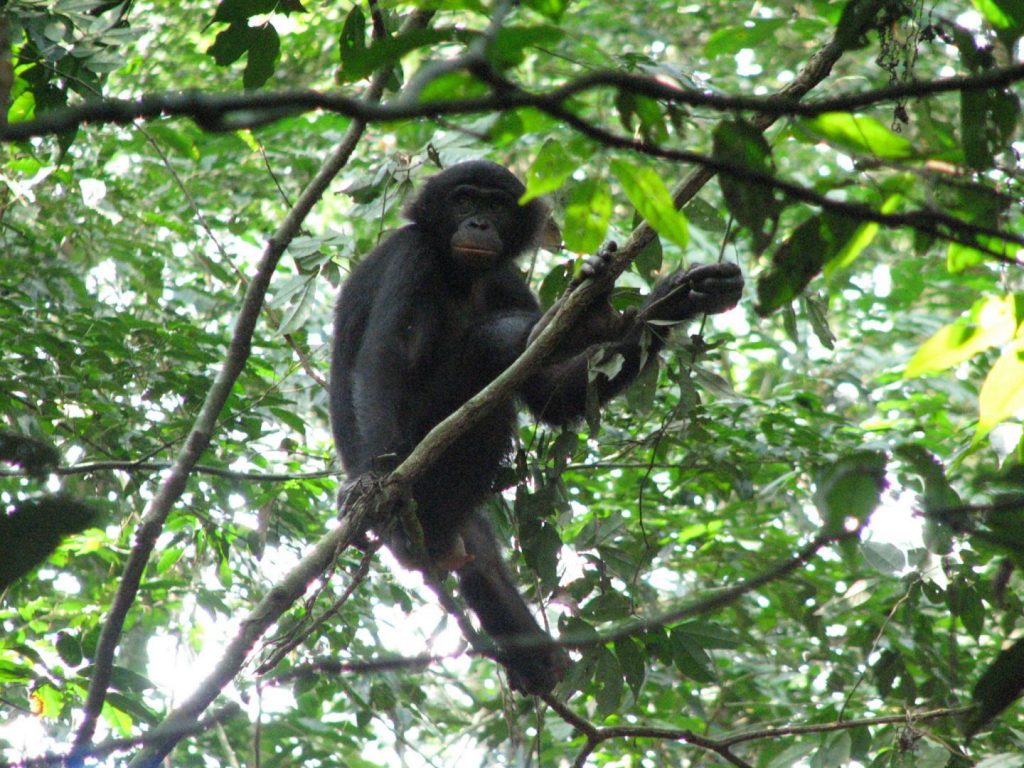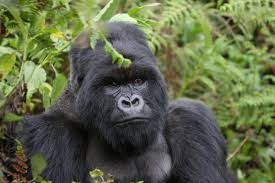The cross River gorilla (picture above) is a critically endangered subspecies of the Western lowland gorilla species. The cross River gorilla are scattered in at least 11 groups across the lowland montane forests and rainforests of Cameroon and Nigeria, an area of 3,000 square miles, or a little smaller than Puerto Rico. There are only 200-300 that remain of this subspecies.While there are some physical traits that are different between these species, the cross River gorilla has become a Highland specialist. Although known to have interbred in the past, genetic analysis suggests this stopped more than 400 years ago. Changes in climate may well have been the catalyst to stop the interbreeding.
In this way, the cross River gorillas and the mountain gorillas have similar habits and ecosystem niches. In this way, it could be suggested that cross River gorillas are simply 50 years behind mountain gorillas in the sense that 40 years ago, there were only around 250 mountain gorillas – this population has increased to over 1000, so clearly it isn’t too late for the cross River gorillas numbers to recover.
Could a similar recovery take place? Perhaps following the pattern set up by Diane Fossey for tourism of the mountain gorillas, might work?
Western lowland gorillas have a wild population in a fast healthier position, with an estimated 100,000 remaining. Unfortunately though, this is a very tough estimate as they live in some of the hardest to reach jungles so an accurate count is hard. It is however, thought that this gorilla population has seen a 60% reduction over the last 10-25 years. It is thought that if the pressures of placing and diseases were removed this population would recover in about 75 years (of course these pressures are unlikely to disappear, and with the loss of rainforest there may be nowhere for these gorillas to live if they did recover.

Western lowland gorillas are closely related to cross river gorillas, in the same way that eastern lowland gorillas are closely related to mountain gorillas. However, retaining these different subspecies is highly important as they are adapted to the different conditions where they live.
It is unfortunate that there is little positive news on either of these species at the current time, but many people are working on it.








